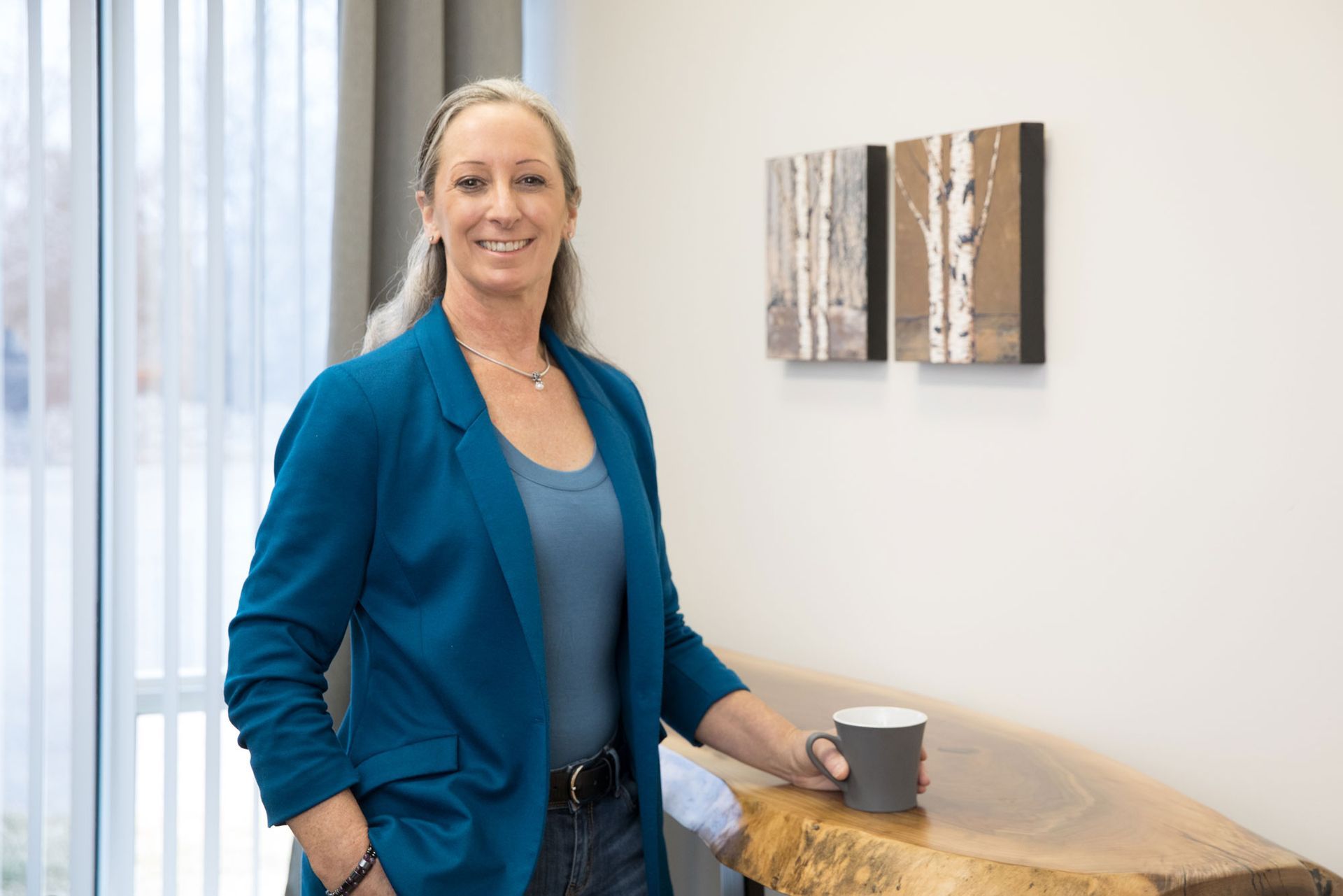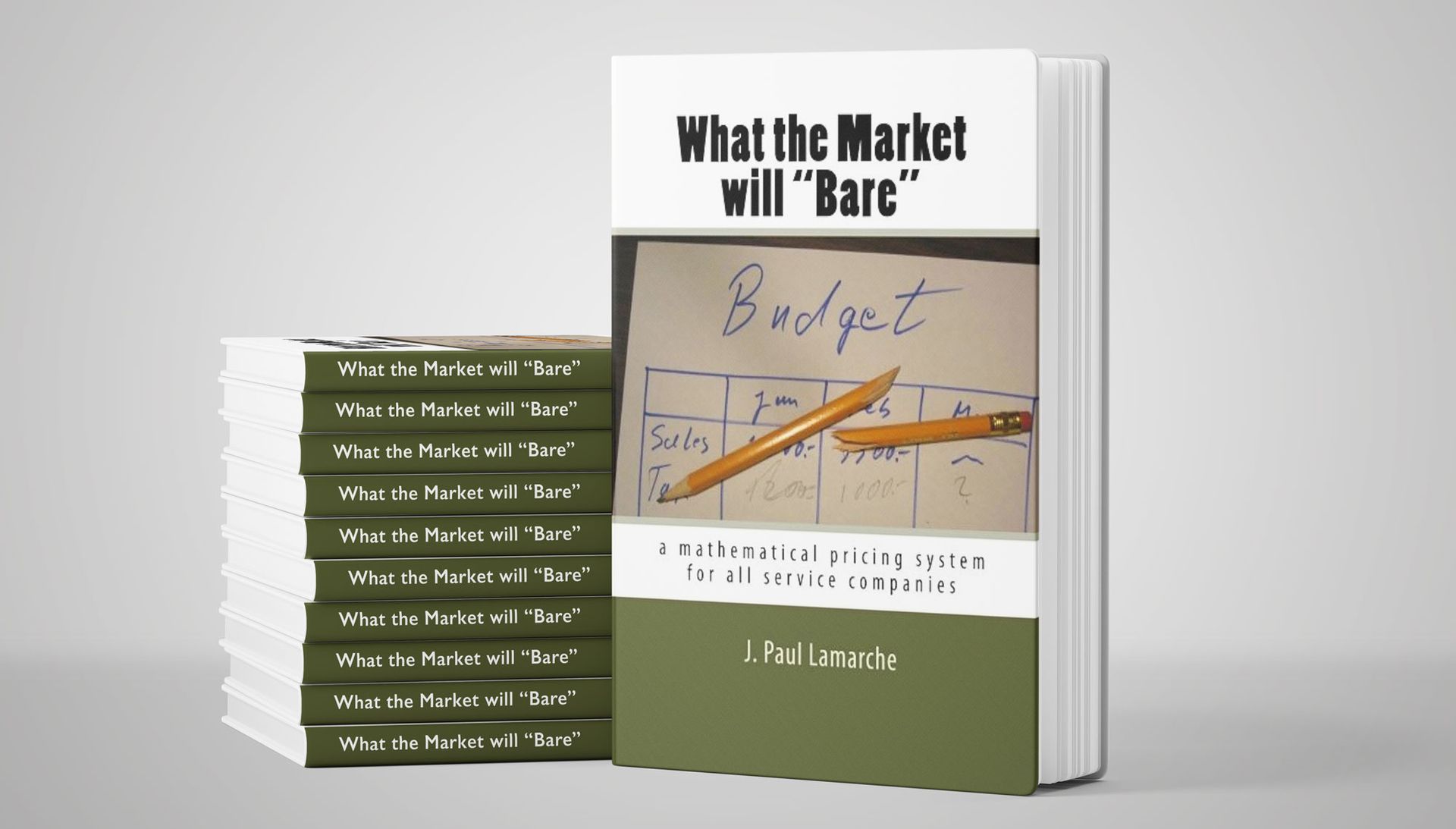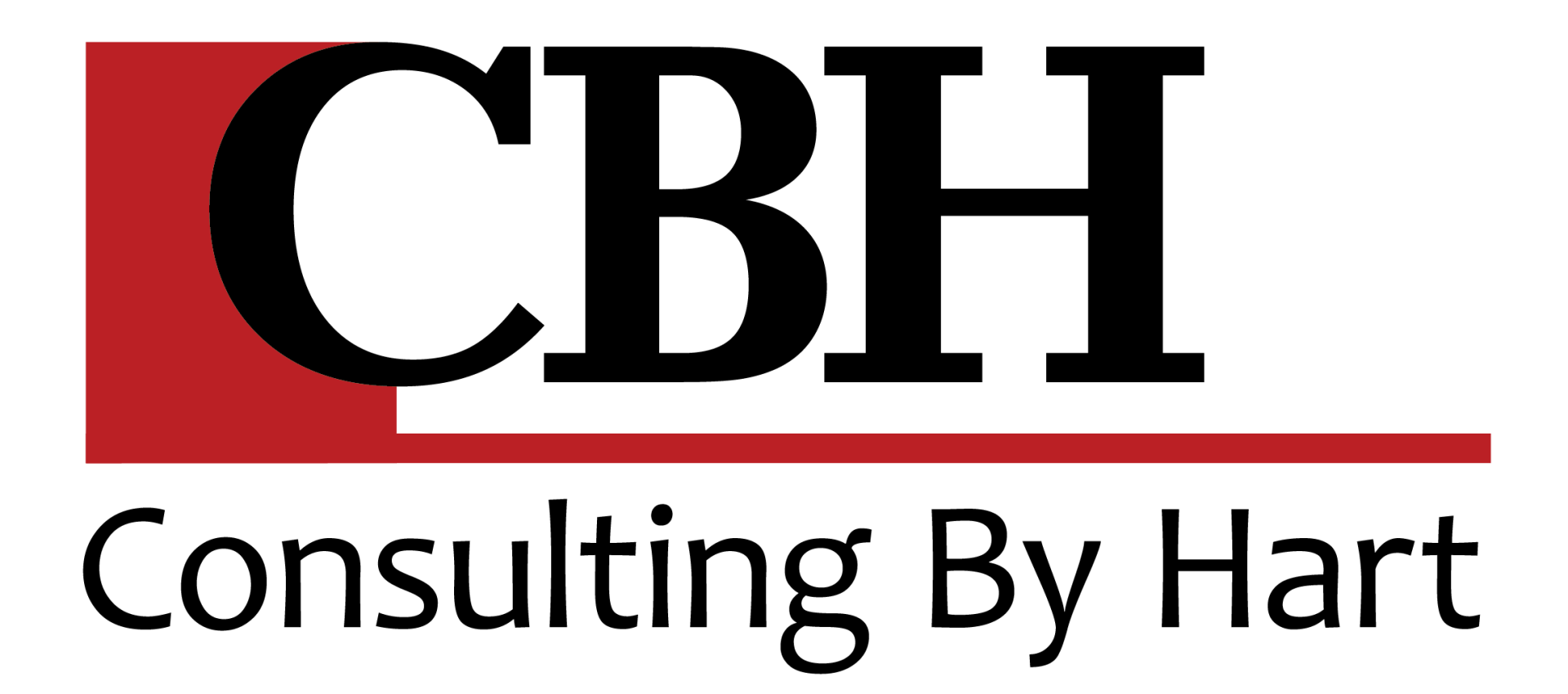Start Now

I recently hosted the 4th annual Peer Network Summit for Landscape Ontario – albeit online for the first time. This Peer Network has over 300 members and is an active group of business owners who willingly share experience, suppliers, techniques, ideas etc.
The speakers, advice and mentorship was second to none yet again this year. We had two themes which were decided upon by the 70 Peer Network Members who participated in the Congress 2020 Feature Event live session last January: Operational Efficiency and Exit Strategies/Succession Planning.
Our lineup of speakers, who gave their time and advice generously were
- Arden Urbano, Vice President, Greenius (speaker)
- Mark Bradley, CEO, LMN (keynote speaker and panelist)
- Frank Bourque, President Frank Bourque Consulting (speaker and panelist)
- David Wright, President Wrights Landscaping (panelist)
- Brian Cotter, President LGMP and Durham Artificial Grass (panelist)
- Jacki Hart, President Consulting By Hart (facilitator, panelist)
On our first morning session, Arden kicked off the Summit with her deep and broad experience in training – and how to set up a training system that engages and brings positive results. In my ‘podcast style’ discussion with her on our virtual Zoom stage, we talked about the mixed demographic of employees, and that the younger generation coming in to our businesses, are arriving with different skills than most employers did at the same phase of their work life.
We discussed how anxiety has become a big factor which contributes to the turn-over churn, engagement (or lack thereof) and the over all confidence your new employees experience during their onboarding phase in your company. Arden’s presentation included a fact that I found startling: the average company in our industry across North America has 25% of the team with less than 4 months experience at any given time. That’s a lot of repetitive training. A lot of inefficiency. A lot of stress on the foremen/supervisors/leads.
Arden provided a simple template for efficient and effective training, based on the GoGreenius.com training process: Watch, Test, Review and Measure.
We ventured into break out rooms and discussed what Peers feel they need to improve, and what the sources of anxiety would be for their staff at all levels. The highlights were awesome – and included the unanimous conclusion that ‘we’ need to include compassion and empathy in our onboarding processes.
Next up we heard from Frank Bourque talking about operational efficiency…. Where Frank shared his system for discovering where a company has inefficiencies, and how to fix them. He provided great resources to the participants, who can self assess their business on efficiencies going forward. Franks key points included looking at a company from the top down, from the bottom up, the outside in and from the inside out – these vantage points included Strategy, Identifying and Simplifying systems, Reviewing the Company Position in the Marketplace, and assessing Resources and Processes within the Company. All of these point to an effective Operations Strategy.
A great take away from Frank’s session was that in order to become efficient in your operations, truly efficient, a fresh set of eyes and an intentionally detailed, structured process is required for the highest impact. Thanks to Frank Bourque for his talent and skill as a leading business coach and consultant.
On our second Peer Summit morning event, we kicked off with Mark Bradley, CEO of Landscape Management Network, giving us a ‘Keynote’ talk on preparing your business for sale. Mark provided an excellent overview of the detailed process, and tasks required to prepare a business for sale. The participants in the Summit received Mark’s keynote address slides to help guide them forward as they embark of their journey to prepare for their next stage of business success.
We then had a lively discussion with 5 panelists – all of whom have either bought, sold and/or transitioned into a family business. Here’s a sample of the questions asked by our moderator, Joe Salemi, Deputy Executive Director of Landscape Ontario:
- What brought you to the decision to sell?
- As many of our peers are exploring exit strategies, those that haven’t been through it aren’t familiar with what the transition process/progress looks like. Can you take us through what that looked like for you?
- Was your focus on legacy or complete exit?
- What level of due diligence did you engage in prior to signing on the sale of your business?
- What were the biggest challenges you experienced?
- Exiting your business should come with an honourary degree with the amount of learning that takes place. What advice would you offer your peers based on your most profound learning?
There was a broad range of experience, which included the challenge of ‘letting go’ as a seller, and the challenge of continuing the business successfully as the buyer – with a fair and equitable purchase arrangement.
Toward the end of the morning, after breakout discussions where attendees could hop into a breakout room with various panelists to ask their questions, we did a round table of ‘top take aways’. I think the most important take away was related to timelines. It was clear from all of the panelists, that selling a business is nothing like selling a house. It takes YEARS to prepare the business, and YEARS to execute the plan – ensuring that profitability, risk management and systems are well established, that the company would emerge well from due diligence scrutiny, and that all parties have a win-win experience in the end.
One of the top pieces of advice I think from both days – focusing in improving efficiency of staff and company – and focusing on a plan and strategy to transition the business upon retirement – is to START NOW. Create a timeline. Identify priorities. Get traction.
Once again a huge thank you to our speakers.
And, an even bigger THANK YOU to our Peer Network Sponsors: Greenius, LMN and Dynascape. These leading companies recognize the value of Peer mentorship, and are committed to the improvement of the profitability and success of the member companies of Landscape Ontario.
Other Articles That May Interest You:




